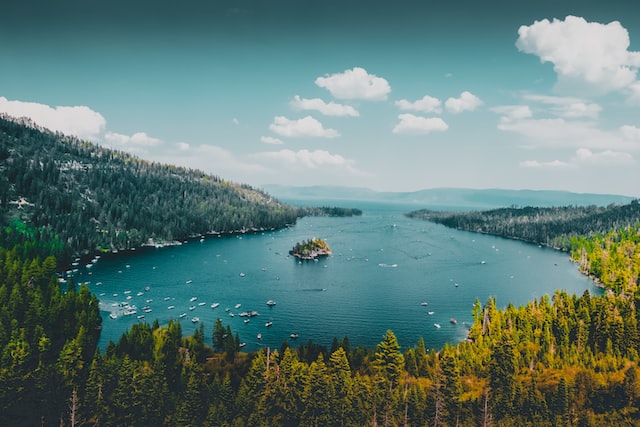
American Naturalist: Rambles in Florida
Florida, the “Land of Flowers,” the enchanted ground wherein it has been said Ponce de Leon sought for the “fountain of perpetual youth,” is not far away; the fountain, quite likely, is as remote as ever, but the land which it was said to bless with its ever flowing and rejuvenating waters, can be reached after a journey of a few days from New York, by steamship if the traveler is not unpleasantly affected by a sea-voyage, or, if the apprehension of “rough weather off Hatteras” should make a different route preferable, then by rail to Charleston, thence by steamer over waters generally smooth to Fernandina, stopping on the way at Savannah just long enough to look about and obtain a general idea of the place.
Fernandina, situated on Amelia Island, is the principal town upon the east coast of Florida, and of importance, being the eastern terminus of a line of railway, which connects the Atlantic Ocean with the Gulf of Mexico. Its population is not far from fifteen hundred. At first sight it is not prepossessing, but a walk about the place reveals many buildings of pleasing architecture hidden among the trees.
Within a small enclosure not far from the landing, “the …forefather of the hamlet sleeps.” Upon a marble stone may be seen the name of
DOMINGO FERNANDEZ,
NATIVE OF VIGO IN GALLICIA, SPAIN.
BORN THE FOURTH DAY OF AUGUST, 1766.
AND DIED THE THIRD DAY OF SEPTEMBER, 1833.
IN THE SIXTY-SEVENTH YEAR OF HIS AGE.
Senor Fernandez, it is presumed, never found the fabled fountain, or, drinking of its waters they were powerless to avert the inevitable doom of man. The morning was pleasant; the sun shone brightly; it lighted up the cross and gave roundness to the skull and bones that are carved above his name. From an oak near by the Spanish moss hung drooping midway to the ground, casting a filmy shadow, and hiding a choir of mocking-birds, who filled the air with music.
Leaving the grave of Fernandez and following the streets, a careful search in the loose sand of which they are composed will disclose fragments of pottery of the size of a penny, perhaps a part of the debris of some aboriginal tribe once camped hereabout, the souvenirs of a race, of whose history how little is known! Farther on is an ancient mound of large size, nearly three hundred yards in circumference. Undisturbed ten years ago its surface was as the builders left it, but its slopes and summit were so changed, through the military purposes for which it was used during the recent civil war, that its original proportions are destroyed, and its former outline obliterated.
About a mile from the town towards the ocean is the lighthouse, built upon somewhat elevated ground, forming with the adjacent buildings and moss-festooned oaks, a bit of highly picturesque and pleasing scenery.